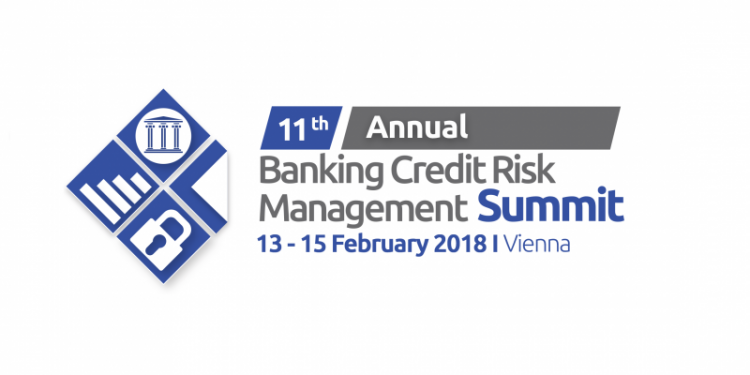
The 11th Annual Banking and Credit Risk Summit in Vienna this week included discussions around IFRS9 implementation challenges, and how lessons learned in Europe can be applied to CECL solutions for US banking subsidiaries. Another key theme was the increasing prevalence of new sources of credit risk, such as Climate Change. Dr. Georg Musil from RBI showed that the frequency of insurance losses attributed to Hydrological and Storm events has risen dramatically in the past 30 years. Cybercrime is also a growing source of credit risk – Jacqueline Johnson from Nordea highlighted the need for pooled industry data documenting the frequency and scale of Cyber-related problems.
A number of presentations covered the practical issues raised by IFRS9. One key IFRS9 issue is the identification of “significant” credit deterioration. Conference discussions confirmed that there is no standard definition, but Credit Benchmark demonstrated that bank-sourced credit index and volatility data can provide an objective set of criteria. A related IFRS9 topic is the need for robust credit migration data to provide realistic PD term structures, especially to avoid artificial inflation of PDs and impairment estimates due to the inclusion of liquidity risk premiums. Credit Benchmark presented some bank-sourced datasets that can provide very large samples for transition matrix estimation.
A controversial topic was the increasing prevalence of tail risks. Dr. Musil’s data showed that climate-related tail risks are already being quantified and reflected in insurance premiums, but other risks are less quantifiable. The new consensus seems to be that tail risks cannot be avoided if the business is to thrive, so data – probably pooled across banks – is key.